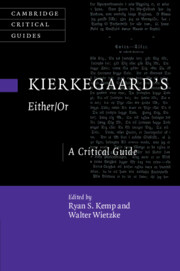In this article, I propose a typology of thinking pattern that helps us understand the variants of the so-called ‘both/and thinking’ shared by many organizational paradox scholars in the West and China. The variants are distinguished by the ‘primary thinking-secondary thinking’ structure between the combined elementary thinking. One of the variants, i.e., Neither-And thinking, is associated with James March's discussion of logic of consequences and logic of appropriateness. An examination of March's writings reveals an additional ‘principle-practice’ structure underlining March's unique solution to paradox. Incorporating the ‘principle-practice’ structure into the proposed typology in turn helps us better understand the other variants of ‘both/and thinking’ such as ambidexterity, contingency, and Zhong-Yong. The typology shows March's Neither-And solution is unique because it embraces a primary neither/nor thinking while all the other variants do not. To demonstrate the value of March's unique solution, I apply Neither-And thinking characterized by the ‘principle-practice’ relationship to paradoxes outside organization studies, e.g., in Deconstruction, Buddhism, and quantum physics. The wide application of Neither-And thinking implies that James March's unique solution to organizational paradox may have provided a key to understanding paradox in general.


